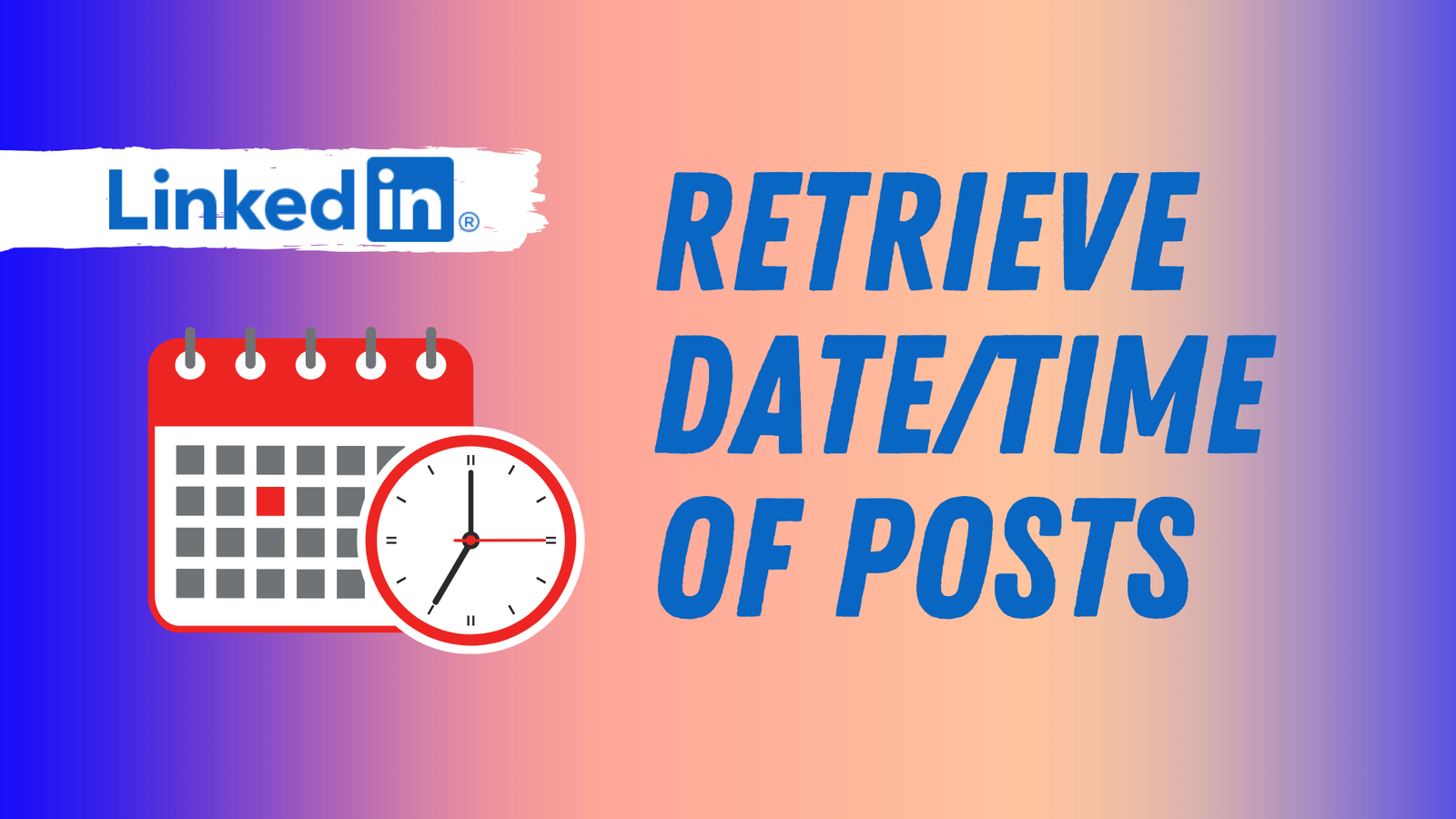How to retrieve the date/time of LinkedIn posts

Relative timestamps are commonplace across social media feeds. They are reader-friendly and instantly interpretable, making it easy to know when posts were published.
On the other hand, absolute timestamps are not. They require extra mental work, are unnecessarily clunky, and time zones can be an issue.
With content typically coming thick and fast, immediacy is more important than accuracy, so the relative type makes greater sense.
The problem is, however, they are near useless for anything else. Sure, you could attempt to calculate the difference between now and then, but how helpful is ‘1 year ago’ when the post was made 547 days ago?
I’m currently implementing a centralised content system, and part of the process has required seeking out the absolute timestamps of my archive LinkedIn posts.
Unfortunately, it’s not as easy as it should be. You can’t hover over a relative timestamp and see the absolute one. Nor is it buried somewhere in the HTML code. It’s almost like LinkedIn doesn’t want you to access it!
Luckily, there is a method. It revolves around that bunch of numbers you see at the end of a post URL. Thought they were random? Actually, they have a cryptic meaning. By putting them through a three-stage conversion process, you can obtain the Unix date and time of a post.
Unix timestamps are based on Coordinated Universal Time (UTC) and count the number of seconds between 1st January 1970 to a given point in time. This can then be converted into a human-readable format.
To cater for time zones, one can add or subtract units of 3600 seconds, which equates to an hour.
Alternatively, thanks to Ollie Boyd’s useful tool, you only have to paste the post URL into a text field and hit a button to get the timestamp.
Ryan Benson also deserves a mention, as his discovery about TikTok URLs paved the way for Boyd’s solution.
